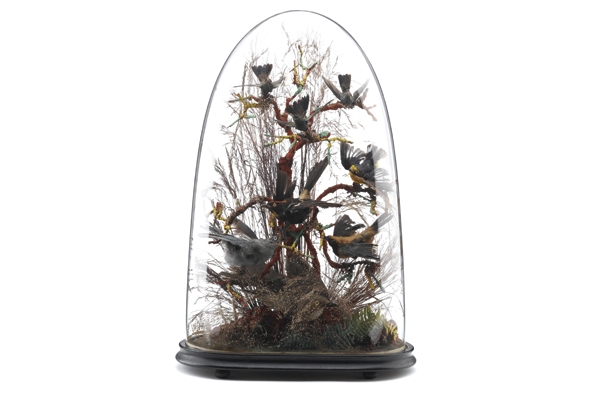At Home with the World, the Geffrye Museum’s latest exhibition (until 9 September), reinterprets objects from its permanent collection, highlighting those from overseas or those that have been influenced by other cultures.
Because the museum concentrates on the changing styles and tastes of the urban middle class, rather than of the aristocracy, we can appreciate what became popular as a result of mass manufacturing and trade. The most obvious example is the craze for ‘taking tea’ from the mid-18th century onwards. The porcelain teapots on display throughout the period living-rooms (that range from 1600 to the present day) remind us that much of what we consider English actually originates elsewhere — in this case, China.
Amusing anecdotes accompany the objects to give a wider picture: an extract from the 18th-century Female Spectator explains how alcohol came to be served alongside large quantities of tea in order to combat its depressive qualities. I also learnt that it was because manufacturers and weavers in Paisley, Renfrewshire, in the 1850s, were so successful in copying the shawls produced in Kashmir that the pattern bears the town’s name; and that millions of humming birds were skinned and imported from South America to be stuffed in England and laid on mantelpieces to accompany the mid 19th-century trend for nature in design, as exemplified by William Morris.






Comments